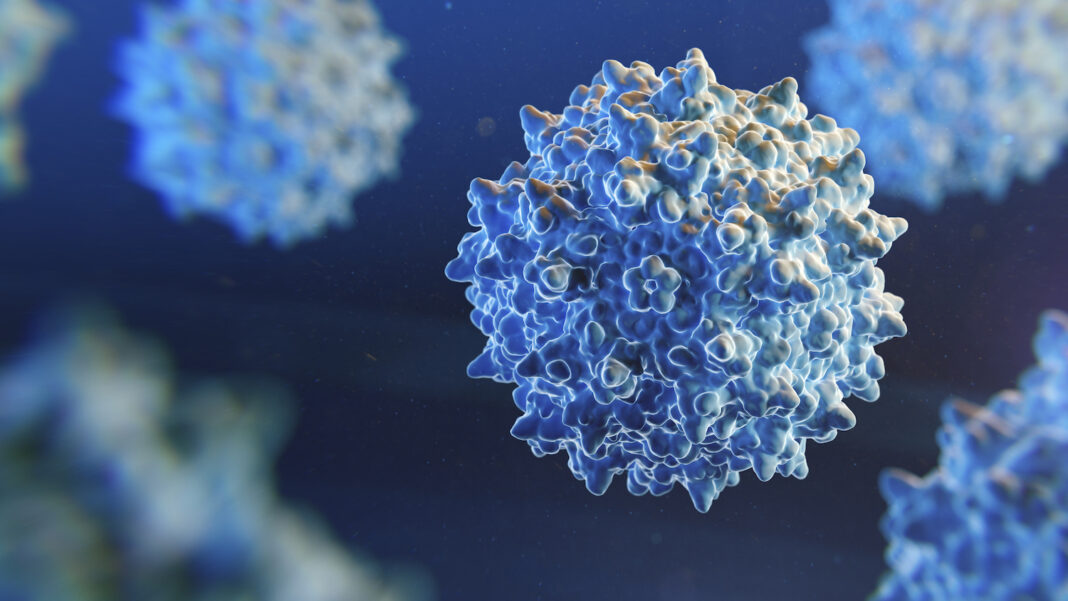On last month’s episode of our monthly science talk show GEN Live—“Is Gene Therapy Nearing a Tipping Point?”—I was joined by a pair of gene therapy experts to discuss the state of gene therapy, the promises and pitfalls of delivery vectors, the challenge posed by the immune response, and the safety issues that need to be addressed going forward.
Allison Keeler, PhD, assistant professor at the University of Massachusetts Chan Medical School and the Gene Therapy Center at UMass, studies the immune responses to AAV gene therapy as well as developing novel immunotherapies by cell editing and engineering.
Also joining the conversation was Federico Mingozzi, PhD, a veteran in the gene therapy field for more than two decades and the chief science and technology officer at Spark Therapeutics for the past six years. Before joining Spark, Mingozzi had a distinguished academic career, including stints at the Children’s Hospital of Philadelphia (CHOP), INSERM and Genethon in France. It was when he moved from Italy to the CHOP for a postdoc with Roland Herzog, PhD, (now at Indiana University School of Medicine) where his path crossed with gene therapy. He ended up working closely with Kathy High, MD, and got involved in the early studies of hemophilia gene therapy as well as conducting early work in ocular gene transfer in collaboration with Jean Bennett, MD, PhD, at the University of Pennsylvania—the work that was the basis for Luxturna. He is currently launching a new startup that is still in stealth mode.
After we discussed AAV vectors, nonviral delivery methods, the immune response, the importance of biomanufacturing, and more, we turned the conversation to the upcoming American Society of Gene and Cell Therapy (ASGCT) meeting in Baltimore, where Mingozzi, Keeler, and myself are planning to spend the second week of May.
Here’s what Keeler and Mingozzi are looking forward to at ASGCT 2024:
Keeler: I am always interested in seeing the clinical trial updates, because we don’t always get to see that data. Going to ASGCT and seeing what is going on in the clinic always motivates everyone in the lab and reminds us why we’re doing the work that we do. It is really exciting, even if it is outside of our area.
Both Federico and I sit on the immune responses panel, so I’m always excited to see the symposium that we put together, as well as the abstracts focusing on that topic. I’m interested to see some of the CRISPR talks. Those are usually really interesting talks. And there will probably be some machine learning talks as well. Those all fall under the things that will be new. But it’s also wonderful to see updates on clinical trials that we’ve seen year after year. That is usually my favorite part of the conference.
Mingozzi: I shouldn’t date myself but I have had the privilege to see the field over many years—where we were and where we are today: It’s incredible! Every year ASGCT is so exciting.

Like Allison, I’m looking forward to the clinical data. There are perhaps some newcomers—when it comes to AAV in the hearing space—where gene therapy can make a difference. There are some presentations around clinical trials for hearing disorders that I find exciting and an interesting parallel to where we were with the eye many years ago. And a testimony that the platform can still deliver important results in areas of high medical need.
I’m also interested in the technology development that is brewing from non-viral delivery to the newest version of genetic editing and, of course, delivery, delivery, delivery! How we bring these new platforms to the tissue of interest. I think that’s still one of the big questions that genomic medicine is trying to get hold of it—sometimes successfully and sometimes still a work in progress.
Keeler: One thing I really enjoy at ASGCT is seeing all the trainees presenting. We try to give oral abstracts and short talks to a lot of the graduate students and postdocs working in the lab. And sometimes, I think those are the most exciting and interesting talks. For example, I have a graduate student that’s giving a talk on Saturday. It’s really great to see students and people from diverse backgrounds and all the trainees presenting their work and all the hard things that they’re doing in the lab. That is something that I really look forward to.
Mingozzi: I agree. That is the future of our work. And it’s fantastic to see how ASGCT is really reaching out to low- and medium-income countries. There is a lot of effort to bring gene therapy, both regarding education and also gene therapy per se, to those countries. It is fantastic to see the impact of what the society is doing worldwide.
LeMieux: Well now I’m even more excited to go than I was before! It’s going to be a great meeting. See you in Baltimore!
You can watch the entire interview by registering here.


